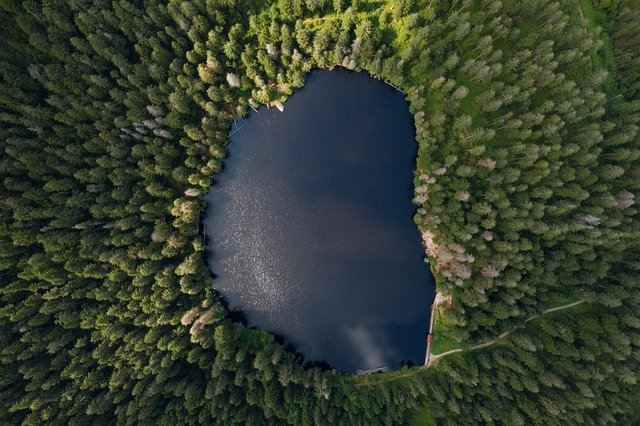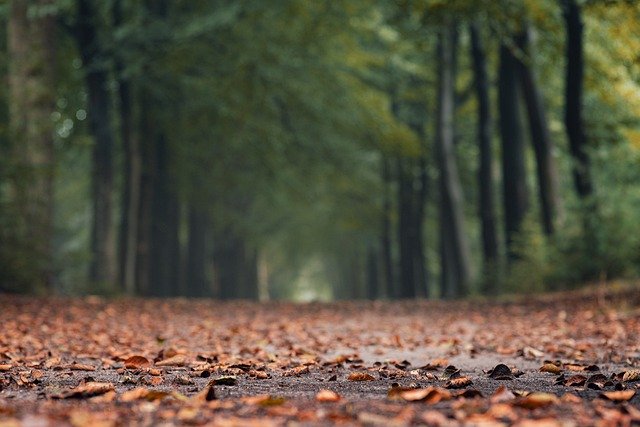**Blog Topic: "The Evolution of Storytelling in Video

The Secret Lives of Urban Wildlife: Adapting
Urban environments are bustling with life, but often, we overlook the incredible adaptability of wildlife that shares our cities. From raccoons rummaging through trash cans to peregrine falcons nesting on skyscrapers, urban wildlife has developed unique strategies to thrive in human-dominated landscapes. In this post, we’ll explore the fascinating ways these animals adapt and the challenges they face in urban settings.
1. Urban Adaptation Strategies
A. Food Sources
One of the most significant challenges for wildlife in urban areas is finding food. Many species have learned to exploit human waste and food scraps. For example:
- Raccoons are notorious for their scavenging skills, often seen foraging in garbage bins.
- Pigeons and sparrows have adapted to urban diets, thriving on discarded food and seeds in parks.
B. Shelter and Nesting
Urban wildlife often has to get creative with their nesting sites. Animals have adapted by:
- Utilizing building ledges and rooftops for nesting, as seen with peregrine falcons and swifts.
- Finding shelter in parks, gardens, and even under bridges, providing safe havens away from predators.
C. Behavioral Changes
Many species have altered their behaviors to coexist with humans:
- Coyotes have become more nocturnal, venturing out at night to avoid human activity.
- Squirrels have developed a keen sense of timing, often foraging when human activity is at its lowest.
2. Challenges Urban Wildlife Face
Despite their adaptability, urban wildlife encounters numerous challenges:
- Habitat Loss: As cities expand, natural habitats are destroyed, forcing wildlife into smaller areas.
- Pollution: Air and noise pollution can impact animal health and behavior, while chemical pollutants can contaminate food sources.
- Vehicle Collisions: Roads pose significant risks, leading to injuries and fatalities for many species.
3. The Importance of Urban Wildlife
Urban wildlife plays a crucial role in maintaining ecological balance. They contribute to:
- Pest Control: Birds and small mammals help regulate insect populations.
- Pollination: Bees and butterflies are essential for pollinating urban gardens and parks.
- Biodiversity: A diverse urban ecosystem enhances resilience against environmental changes.
4. How You Can Help
You can make a difference in supporting urban wildlife by:
- Creating Wildlife-Friendly Spaces: Plant native species in your garden to provide food and shelter.
- Reducing Waste: Properly dispose of trash to minimize food sources for scavengers.
- Advocating for Green Spaces: Support local initiatives aimed at preserving and creating parks and natural areas.
Conclusion
The secret lives of urban wildlife are a testament to nature’s resilience and adaptability. By understanding and supporting these creatures, we can foster a harmonious coexistence that benefits both wildlife and urban residents. Next time you spot a raccoon or a hawk in the city, take a moment to appreciate the incredible adaptations that allow them to thrive in our urban jungles.
Feel free to share your experiences or sightings of urban wildlife in the comments below! 🦉🌳🐾

All images are taken from the Pixabay.com